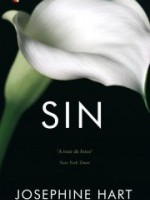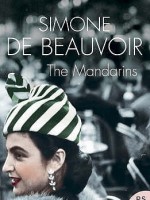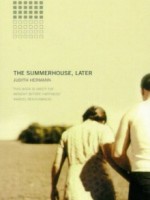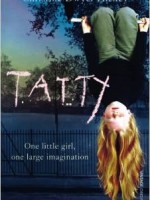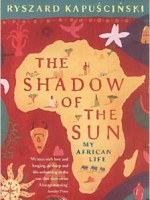(Published by New Island)
 |
The introduction to this creative writing guide is sprinkled with minor typos, from the very first sentence. It’s not a good start, and neither is the fact that the most interesting part of Boran’s foreword comes in the form of quotes from other writers.
There’s Truman Capote: “I am a completely horizontal author. I can’t think unless I’m lying down, either in bed or stretched on a couch and with a cigarette and a coffee handy. I’ve got to be puffing and sipping.” Lawrence Durrell: “The best regimen is to get up early, insult yourself a bit in the shaving mirror, and then pretend you’re cutting wood.” And Robert Greacen: “Writing poetry is like trying to catch a black cat in a dark room.”
Boran makes much of Irish poet Paula Meehan’s comment that wide and varied reading is essential for any writer who wishes to avoid falling into the trap of “re-inventing the wheel”, but fails to note that that is essentially what he is doing by adding another tome to the shelves of “how to write” books that already exist.
For me, the best advice on the joys and pains of writing is still to be found in Dorothea Brande’s short but infinitely wise book, Becoming a Writer, written in 1934. It notes, as Boran does, that the only way to be a writer is simply to do it, every day, whether you feel inspired or not.
Boran sums up his own approach as “experiment! fail! read!” He presents writing exercises as games, pointing out that often we learn best through play. The warm-ups include automatic writing tasks and exercises to separate and identify the writer’s Inner Figures (whom Boran refers to as the Poet, the Shadow, the Critic and the Guide), before touching very briefly on standard tips like keeping a diary of dreams and writing letters to dead, or famous, people on subjects you can get passionate about.
The next two sections focus on Poetry and Fiction and the book ends with words of wisdom from authors asked to respond to the question: “If you had any one piece of advice for beginning writers what would it be?” Most of them have been unable to confine themselves to one piece of advice, and there are interesting and useful thoughts from a good variety of writers including Maeve Binchy, Gerard Donovan, Eavan Boland, Roddy Doyle, Seamus Heaney and Joseph O’Connor.
The heavy reliance on quotes from successful writers is clearly intended to lift the book’s didactic tone but it only serves to highlight the fact that the best books on writing don’t rehash what others have already said, but add new thoughts and words of wisdom to the many that have already been written.
As indicated by its title, this book’s main value is as a handy at-home prompter for those who have attended and enjoyed one of Boran’s many real-life workshops. Advice, games, hints and tips aside, every writer eventually finds out what works best for him or her.
Ultimately, creative writing workshops are not really about writing; they are about discussion, reaction, criticism and learning some tricks of the trade that may or may not make life easier for the budding writer. The serious business of writing is what happens before and after such get-togethers.
In its attempts to emulate the workshop structure, Boran’s book suffers from the very thing that often frustrates those who attend them, needing, as Elvis once put it, “a little less conversation, a little more action.” ![]()
